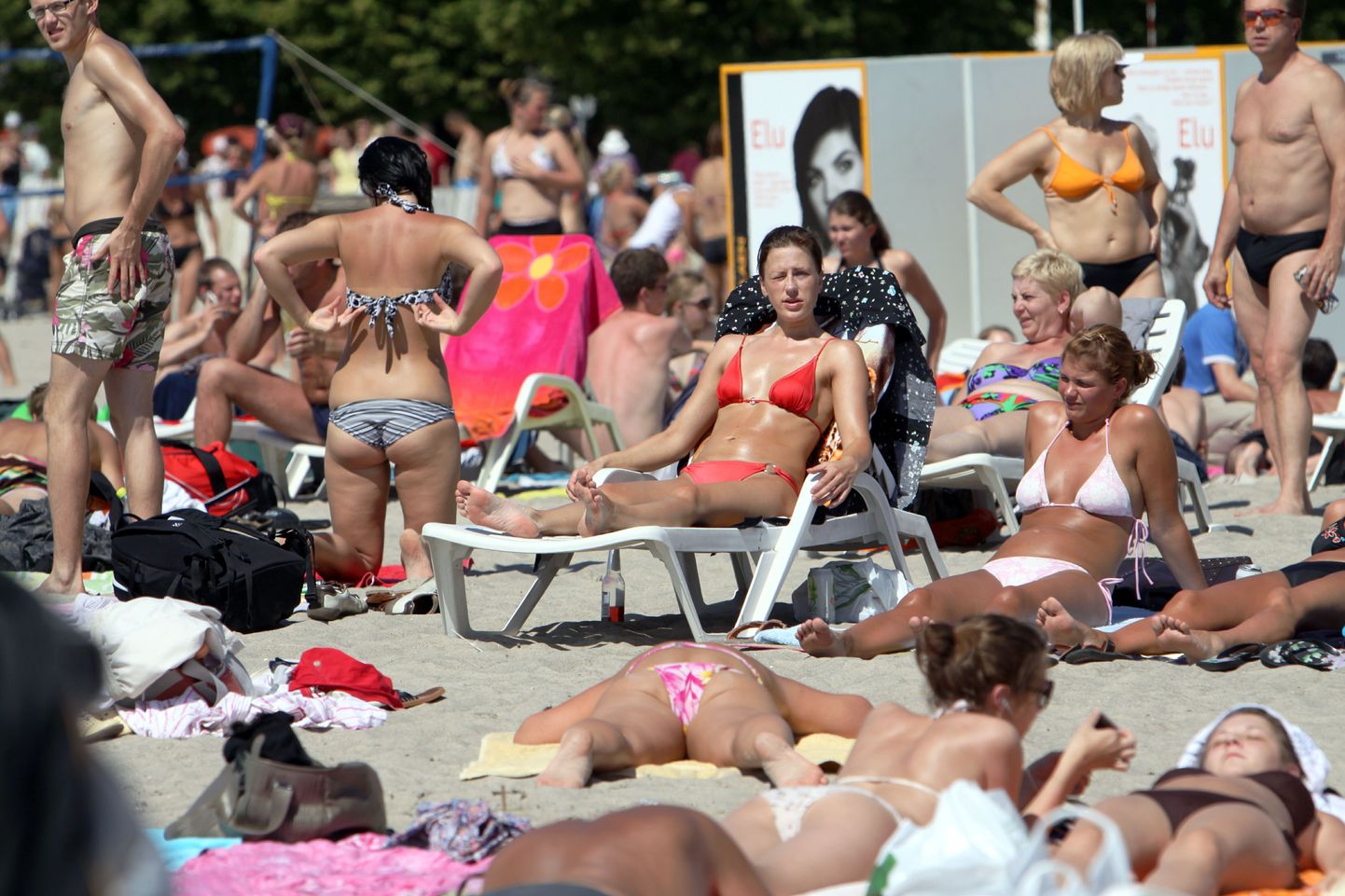The birth of the resort of Pärnu dates from the establishment of the first bathing establishment in 1838, and the conditions for the development of the resort were created three years earlier, when Pärnu was removed from the list of fortified towns.
In 1837, a request to build a bathing establishment was submitted to the Pärnu magistrate and the first visitors were already received during the next year. In the summer, warm water baths and sea bathing was provided, and in the winter, the bathing establishment operated as a sauna.
In 1882, the establishment of the Beach Park was started. During the subsequent decades, a beautiful free-form nature park was established along Supeluse St., the avenue leading to the bathing establishment, and around the beach salon (assembly hall) in the vicinity. In 1890, Pärnu was entered on the official list of Russia’s Tsarist resorts. In 1891, the beach salon was completed, which became a central place for entertainment in Pärnu.
During the first period of independence, Pärnu had to start re-establishing its resort, but this under new political and economic conditions. In 1925, the bathing and vacationing areas of Pärnu were defined, which, along with the additions made in 1935, are largely identical to the current borders of the resort. In July 1927, the new mud baths were formally opened. The number of visitors to Pärnu increased during this period from 700 vacationers in 1920 to 2,500 vacationers in 1927. Most of the foreign visitors came from Finland.
